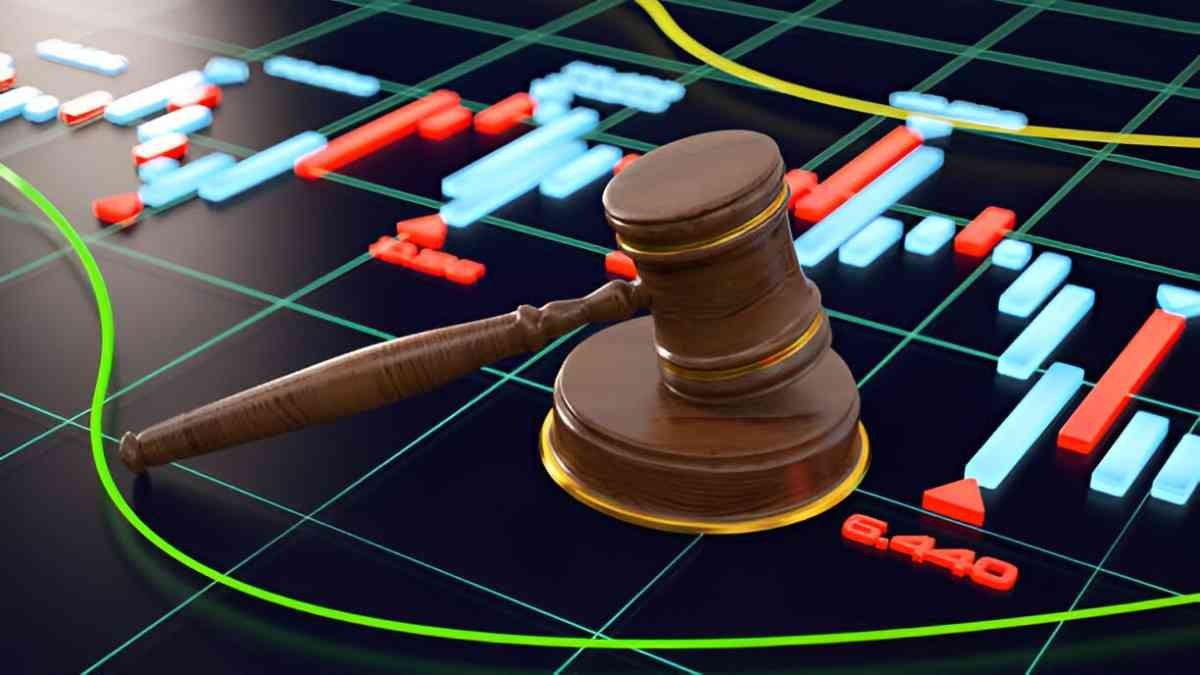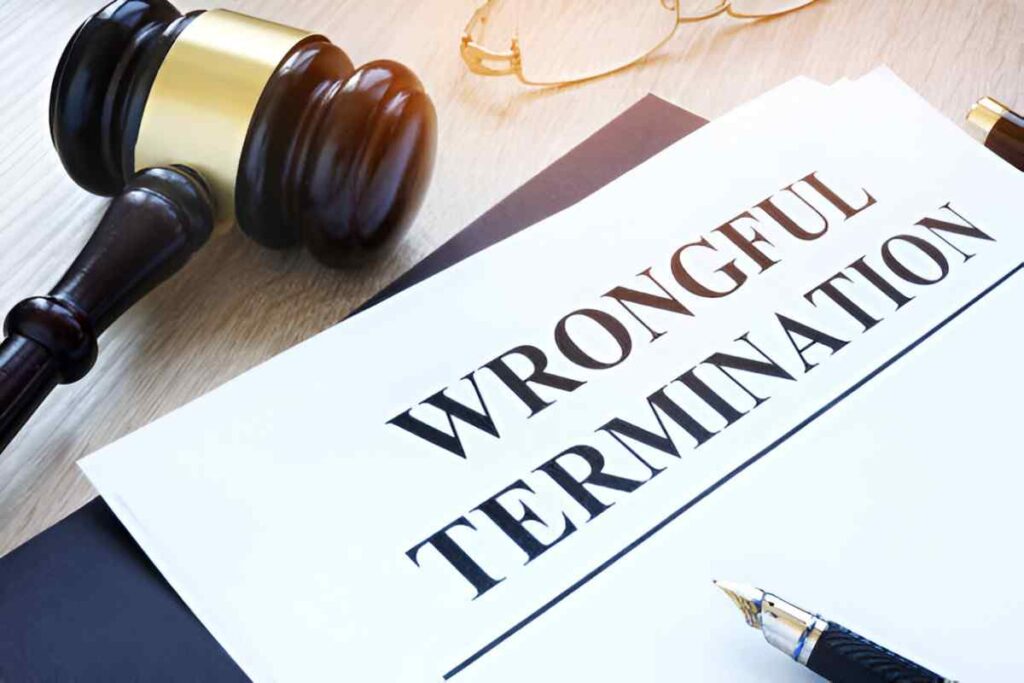Legal proceedings can often feel like a labyrinth, full of complex terminology and procedures that can be difficult to navigate. Among these terms, substantive motions play a pivotal role in shaping the outcome of legal cases. These motions are a fundamental aspect of the judicial process, yet they are often misunderstood or overlooked by those unfamiliar with legal proceedings. In this article, I will break down the concept of substantive motions, how they differ from procedural motions, their importance in the courtroom, and how they can affect the outcome of a case.
Table of Contents
What Are Substantive Motions?
In simple terms, a substantive motion is a request made to a court to rule on a matter that directly affects the merits of the case. Unlike procedural motions, which deal with the mechanics of the case (like how it is filed or how evidence is presented), substantive motions focus on the core issues of the case itself. These motions are critical because they allow a party to request the court to make a ruling on an essential issue, such as whether a claim has legal merit or whether a certain piece of evidence is admissible.
For example, a motion for summary judgment is a type of substantive motion. In such a motion, a party asks the court to decide the case without going to trial because there are no material facts in dispute, and the law is on their side.
Types of Substantive Motions
Substantive motions are diverse, but they generally address the following key legal issues:
- Motion for Summary Judgment: This motion asks the court to rule on the case based on the facts presented, without the need for a trial. A motion for summary judgment is typically filed after the discovery process, where both parties have had the opportunity to present their evidence. The moving party argues that, even viewing the facts in the light most favorable to the opposing party, there is no genuine issue of material fact that requires a trial.
- Motion to Dismiss: This motion requests the court to dismiss the case entirely, arguing that even if all the facts presented by the opposing party are true, there is no legal basis for the case to proceed. A motion to dismiss is often filed at the beginning of a case.
- Motion for Judgment on the Pleadings: Similar to a motion to dismiss, this motion asks the court to rule on the legal sufficiency of the pleadings. However, it is typically filed after both parties have submitted their pleadings, and the moving party argues that, based on the pleadings alone, there is no legal basis for the case to proceed.
- Motion for Directed Verdict: This motion is typically filed after both sides have presented their cases during a trial. It asks the court to rule in favor of the moving party because the opposing party has not presented sufficient evidence to support its claims.
- Motion for New Trial: A motion for a new trial is filed after a verdict has been rendered, asking the court to overturn the verdict and order a new trial. This motion is often based on claims that the trial was unfair, that there was a mistake in the trial process, or that new evidence has come to light.
How Substantive Motions Are Different from Procedural Motions
While both substantive and procedural motions involve requests made to a court, they differ in their focus. Procedural motions deal with the rules and logistics of the case, such as the timing of filings, the rules for introducing evidence, or the selection of jurors. Substantive motions, on the other hand, are concerned with the actual issues at the heart of the case.
| Aspect | Substantive Motion | Procedural Motion |
|---|---|---|
| Focus | Core issues of the case (merits) | Rules and logistics of the case |
| Purpose | To request a ruling on an important legal issue | To request a ruling on procedural issues |
| Example | Motion for summary judgment | Motion to extend the deadline for filing documents |
| Effect on Case Outcome | Can potentially resolve the case or significantly impact its progress | Generally does not directly affect the final outcome |
The distinction between these two types of motions is crucial for understanding the strategy behind filing motions in a case. While procedural motions are typically used to ensure that the case progresses smoothly, substantive motions can dramatically alter the trajectory of the case itself.
The Importance of Substantive Motions in Legal Strategy
Substantive motions are not just legal tools; they are also strategic instruments that lawyers use to influence the course of a case. By filing a motion for summary judgment, for example, a party may be able to have the case dismissed without the need for a costly and time-consuming trial. Similarly, a motion to dismiss can be used to challenge the legal sufficiency of a complaint early in the process, potentially saving both parties significant time and resources.
In addition to saving time and resources, substantive motions can also be used to strengthen a party’s position in negotiations. A successful motion for summary judgment, for example, can send a strong signal to the opposing party that their case is weak and may encourage them to settle the dispute before trial.
Example of a Substantive Motion in Action
Let me illustrate how a substantive motion might play out in a typical legal scenario.
Imagine you are the defendant in a breach of contract lawsuit. The plaintiff claims that you failed to deliver goods as promised, causing them financial harm. After reviewing the case, you and your attorney realize that the contract contains an arbitration clause, which the plaintiff has ignored. As a result, you decide to file a motion to dismiss the lawsuit, arguing that the case should be dismissed because the contract requires arbitration.
If the court agrees with your motion, the lawsuit is dismissed, and the matter will be resolved through arbitration instead of continuing in the courtroom. This motion saves both parties the time and expense of a lengthy trial while upholding the terms of the contract. In this case, the motion directly addresses a critical legal issue—the enforceability of the arbitration clause.
The Role of Substantive Motions in Federal vs. State Courts
The rules governing substantive motions can vary between federal and state courts. While many substantive motions, such as motions for summary judgment or motions to dismiss, are standard across both systems, there may be differences in the procedural rules that govern how these motions are filed, when they can be filed, and what arguments are required.
For example, federal courts operate under the Federal Rules of Civil Procedure, which set forth specific guidelines for substantive motions like motions for summary judgment. These rules emphasize that summary judgment may only be granted if there is no genuine dispute as to any material fact and if the moving party is entitled to judgment as a matter of law.
In contrast, state courts may follow different procedural rules, and the specific requirements for filing substantive motions may vary from state to state. Some states may have stricter requirements for the filing of motions, while others may have more lenient standards.
The Impact of Substantive Motions on the Outcome of a Case
Substantive motions can have a profound effect on the outcome of a legal proceeding. In some cases, a successful motion for summary judgment can result in the entire case being dismissed before trial, saving both parties time and money. In other cases, a motion to dismiss may result in the court finding that the plaintiff’s complaint does not have sufficient legal grounds to proceed, leading to the dismissal of the case.
However, not all substantive motions are successful. If a motion is denied, it can lead to the continuation of the case, and the moving party may have to proceed to trial. But even in such cases, the act of filing a substantive motion may influence the strategy of the opposing party, as it can serve as a signal of your willingness to challenge key legal issues.
Conclusion
Substantive motions are an essential tool in the legal process, and understanding how they work can significantly impact the outcome of a case. Whether you are a lawyer crafting a strategy for a client or a party to a lawsuit, knowing when and how to file a substantive motion can help you achieve a favorable resolution. From motions to dismiss to motions for summary judgment, these legal tools address the critical issues at the heart of the case, offering opportunities to resolve disputes without the need for a lengthy trial.





